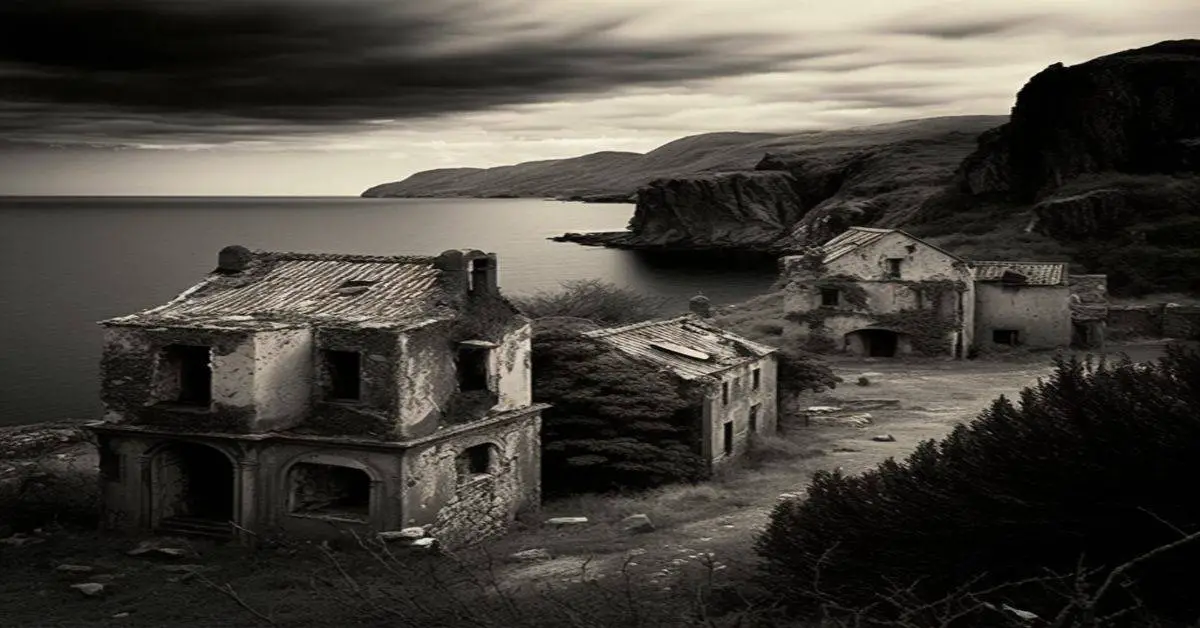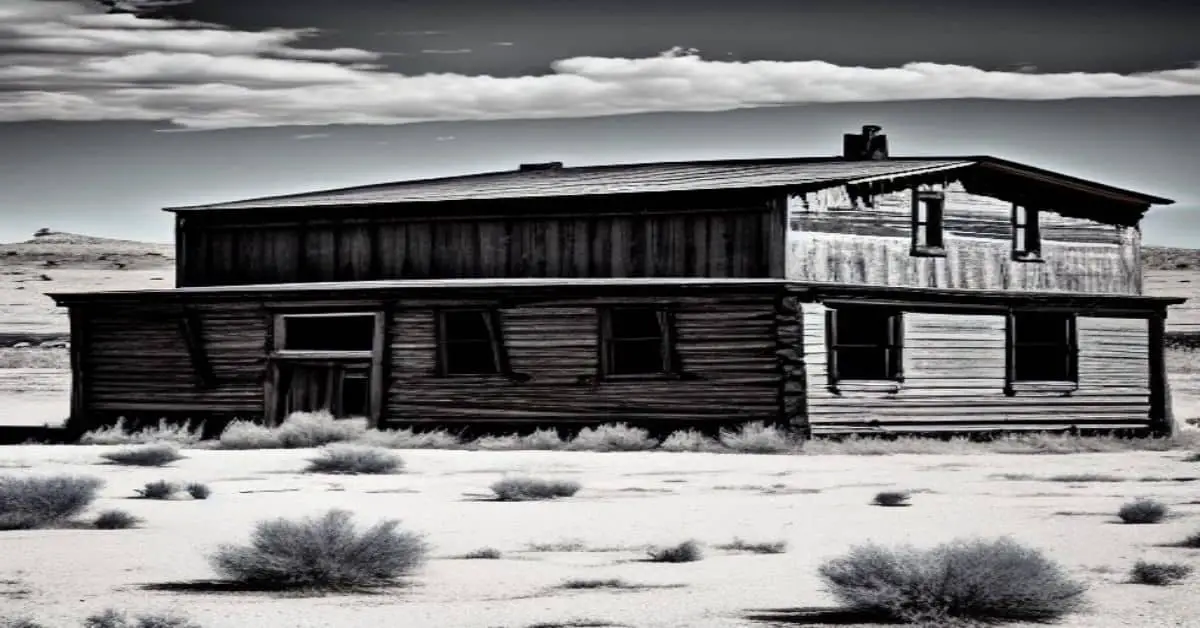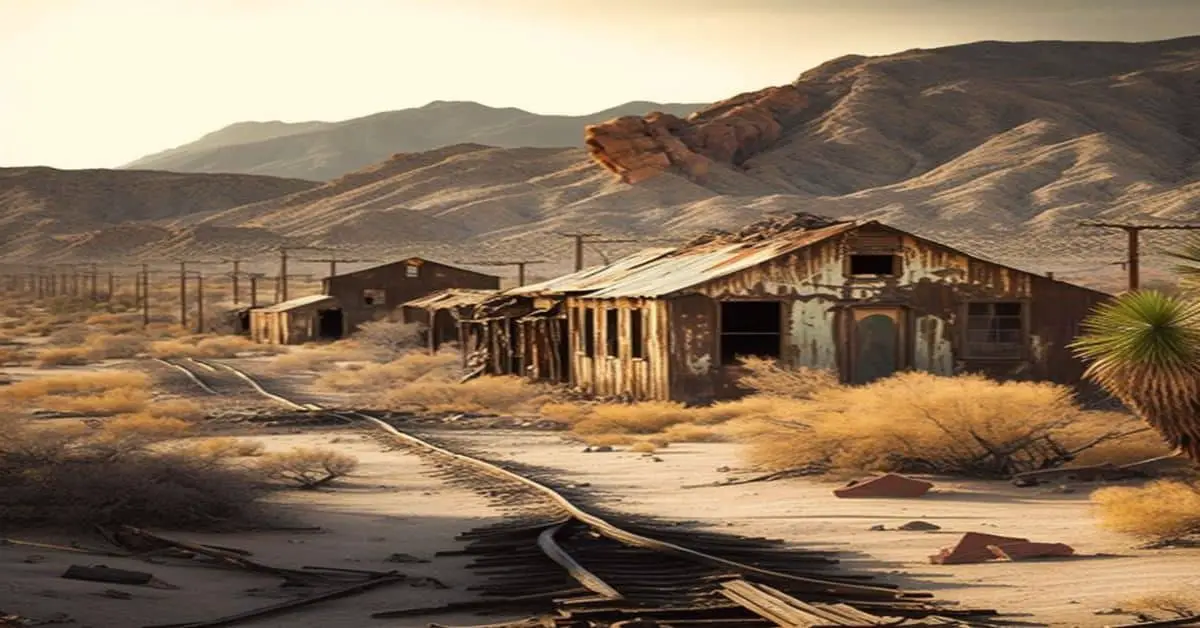Arivaca, a small town in Pima County, Arizona, is a fascinating destination for history buffs and adventure seekers. Originally a Pima and Tohono O’odham Indian village, Arivaca transformed into a mining town in 1856.
Today, visitors can explore the semi-ghost town and discover its rich history and unique attractions. Arivaca’s warm winters and hot summers make it an ideal destination for visitors seeking a break from the cold weather. The town’s location, nestled in the foothills of the Baboquivari Mountains, makes it a picturesque destination with plenty of outdoor activities to enjoy.
However, it is the town’s history that draws visitors from far and wide. From the mining boom of the late 19th century to the present day, Arivaca has seen its fair share of changes and challenges. In this article, we will delve into the town’s history, attractions, and access, providing a comprehensive guide to discovering Arivaca: Arizona Ghost Town.
Key Takeaways
- Arivaca has a rich history as an Indian village, mining town, and ranching community, and is home to local legends such as the buried gold in Teresa Celya’s house.
- The town is a semi-ghost town with a mix of old and new buildings, nestled in the foothills of the Baboquivari Mountains, and is an ideal destination for visitors seeking warm winters and hot summers.
- Outdoor activities such as hiking, birdwatching, and wildlife viewing are popular in Arivaca, with many hiking trails offering stunning views of the surrounding desert landscape.
- Arivaca is a fascinating destination for history buffs and adventure seekers, and is a hidden gem that is worth discovering, with accessible 2WD roads and historic buildings including a cemetery that are worth seeing.
Location and Climate
Arivaca, a semi-ghost town in Pima County, Arizona, is nestled in the scenic landscape of the Sonoran Desert. The town is surrounded by several geographical features, including the Baboquivari Mountains and the Buenos Aires National Wildlife Refuge.
Visitors to Arivaca can take advantage of the town’s warm winter and hot summer climate by engaging in various outdoor activities, such as hiking, birdwatching, and wildlife viewing.
During the cooler months of fall, winter, and spring, Arivaca’s pleasant weather makes it an ideal destination for outdoor enthusiasts. The town’s location in the Sonoran Desert provides visitors with the opportunity to explore the unique flora and fauna of the region.
The Buenos Aires National Wildlife Refuge, located only a short distance from Arivaca, is home to various plant and animal species, including the endangered masked bobwhite quail. Hiking trails in the Baboquivari Mountains offer stunning views of the surrounding desert landscape and provide visitors with a chance to experience the rugged beauty of the region.
History and Evolution
The settlement that would eventually become Arivaca was originally inhabited by Pima and Tohono O’odham Indigenous peoples. However, in 1856, mining operations began in the area, leading to a shift in the community’s economic focus.
The mines played a significant role in the town’s history, attracting many people seeking employment. However, the mining boom was short-lived, and after the mines played out, ranching took over as the primary economic activity in the area.
Interestingly, Arivaca has a legend of buried gold. According to the story, Teresa Celya lived in the town during the mining era and was believed to have hidden a large sum of gold in her house. Despite numerous attempts to find the treasure, it has never been recovered, and the legend continues to intrigue visitors.
Today, Arivaca is a semi-ghost town with old and new buildings, and it remains a testament to the town’s rich history and evolution over time.
Attractions and Access
One can access and explore the attractions of this historic settlement through several roads and highways. Arivaca is located 24 miles away from Arivaca Junction on I-19 to Nogales and 37 miles away from Peña Blanca junction. The town is accessible through 2WD roads, making it easy for visitors to explore the area.
Arivaca is a small ranch town with historic buildings, including a cemetery worth seeing. The town is a semi-ghost town with old and new buildings, giving visitors a glimpse of the past and present. Visitors can also learn about the local legends, including the legend of gold buried in Teresa Celya’s house, which has a video available.
Arivaca is a hidden gem best visited during winter, fall, and spring. The town’s warm winter and hot summer climate make it ideal to explore during the cooler months. The town’s history dates back to the 1850s when it was a Pima and Tohono O’odham Indian village.
The town was named after Spanish Ranch La Aribac, and it became a mining town in 1856. After the mines played out, ranching took over, and the town evolved into a small ranch town. Today, Arivaca is a popular destination for visitors who want to explore its history and attractions.
Frequently Asked Questions
What is the current economic status of Arivaca, and what industries are present in the town?
Arivaca’s current population of 150 people implies a limited economic status. Local businesses include a market, a post office and a few shops, with minimal job opportunities. No major industries are present in the town.
Are there any notable events or festivals held in Arivaca throughout the year?
Arivaca hosts several community events throughout the year, including the Arivaca Artists’ Studio Tour and the Arivaca Music Festival. Local traditions and cultural celebrations are also celebrated, such as the Fiesta de San Juan Bautista.
What is the wildlife like in the surrounding area, and are there any popular spots for hiking or outdoor activities?
Experience the thrill of wildlife exploration in Arivaca’s surrounding area, home to diverse species such as black bears, mountain lions, and javelinas. Popular spots for outdoor adventure activities include the Buenos Aires National Wildlife Refuge and the Arivaca Creek Trail.
Have any notable films or TV shows been filmed in Arivaca or the surrounding area?
Arivaca and its surrounding areas have been used as filming locations for notable productions, including scenes in the movies “Tombstone” and “The Three Burials of Melquiades Estrada.” The local impact includes economic benefits, while historical significance and cultural preservation are also considered. Community engagement in the filming process is encouraged.
Is there a local museum or historical society dedicated to preserving the town’s history and culture?
Local preservation efforts in Arivaca are evident through the Historical Society’s dedication to preserving the town’s rich history and culture. Historical landmarks, including the cemetery and old buildings, are maintained for visitors to explore and learn about Arivaca’s past.


